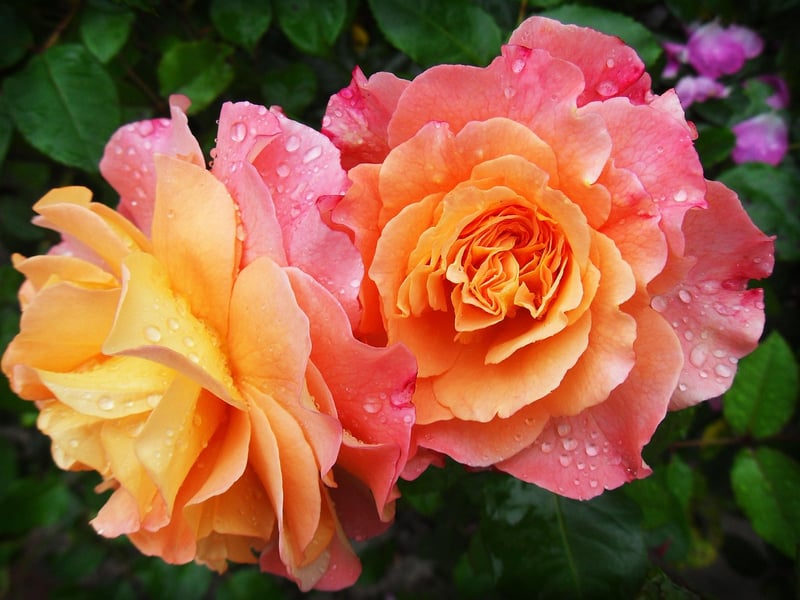Watering Schedule
Essential Plant Care Techniques and Watering Schedule
Introduction
Plants are not just decorative elements; they are living beings that require care and attention to thrive. Whether you are a seasoned plant parent or just starting your green journey, mastering essential plant care techniques and establishing a proper watering schedule are crucial for your plant's health and longevity.
1. Light Exposure
Plants need light to photosynthesize and grow. Different plants have varying light requirements, so it's essential to place your plants in locations that match their needs. Some plants thrive in bright, indirect light, while others prefer low light conditions. Observe your plant's behavior to determine if it's receiving the right amount of light.
2. Watering
Watering is a critical aspect of plant care. Overwatering or underwatering can lead to root rot or dehydration, respectively. The key is to strike a balance and water your plants when the top inch of soil feels dry to the touch. Factors such as humidity, pot size, and plant type influence watering frequency.
Watering Schedule Guidelines:
- Check soil moisture before watering.
- Water thoroughly to ensure the entire root ball is moistened.
- Avoid waterlogging by ensuring proper drainage.
- Adjust watering frequency based on seasonal changes.
3. Humidity and Temperature
Plants have specific humidity and temperature preferences. Some plants thrive in high humidity levels, while others can withstand drier conditions. Similarly, temperature fluctuations can impact plant health. Make sure to provide the right environment for your plants by monitoring humidity levels and temperature fluctuations.
4. Fertilizing
Plants require nutrients to grow and flourish. Fertilizing your plants periodically provides them with essential nutrients that may be lacking in the soil. Choose a balanced fertilizer and follow the recommended dosage to prevent nutrient burn.
5. Pest Control
Keep an eye out for common plant pests such as aphids, spider mites, and mealybugs. Regularly inspect your plants for any signs of infestation and take prompt action to prevent pests from spreading. Natural remedies or insecticidal soaps can help control pest populations without harming your plants.
Conclusion
By incorporating these essential plant care techniques into your routine and maintaining a consistent watering schedule, you can ensure that your plants thrive and bring beauty to your living space. Remember that each plant is unique, so observe and adjust your care practices based on individual plant needs.
Happy gardening!


